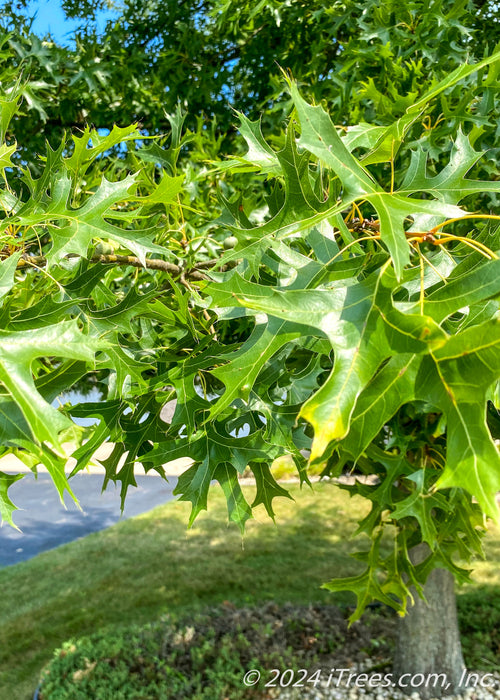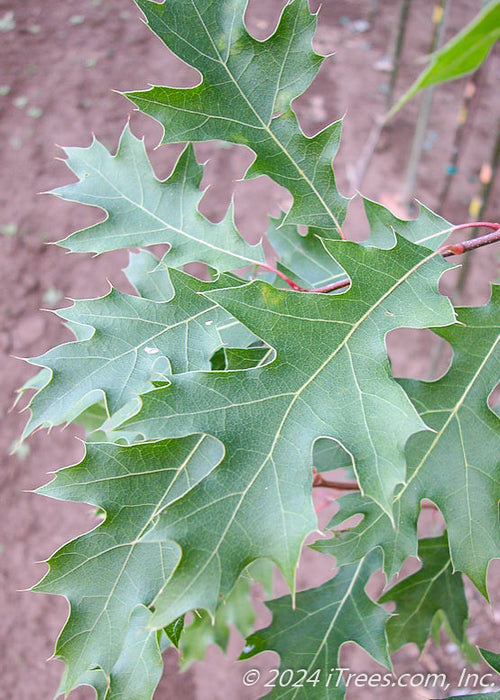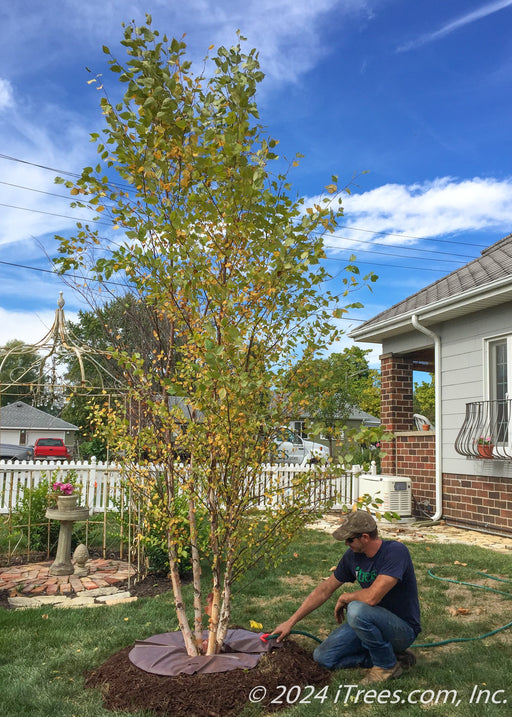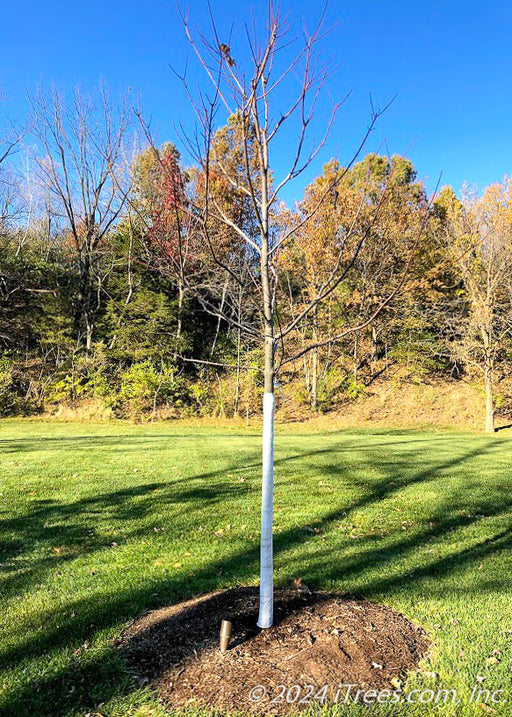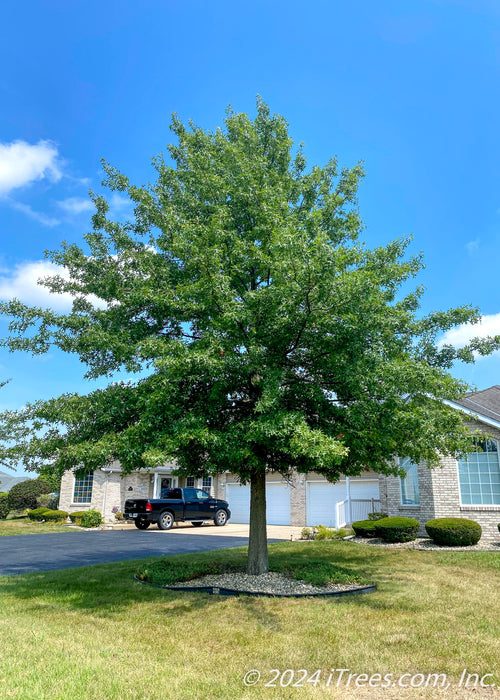
Hill's Oak
Quick Overview
Hill’s Oak, also commonly known as Northern Pin Oak is a Chicago native. Its higher tolerance to soil pH than its Pin Oak counterparts makes it less susceptible to chlorosis (yellowing of the leaves). This tree unfurls with pink fuzzy new leaves in spring which transition to a glossy green in summer before turning a deep scarlet red in the fall.


